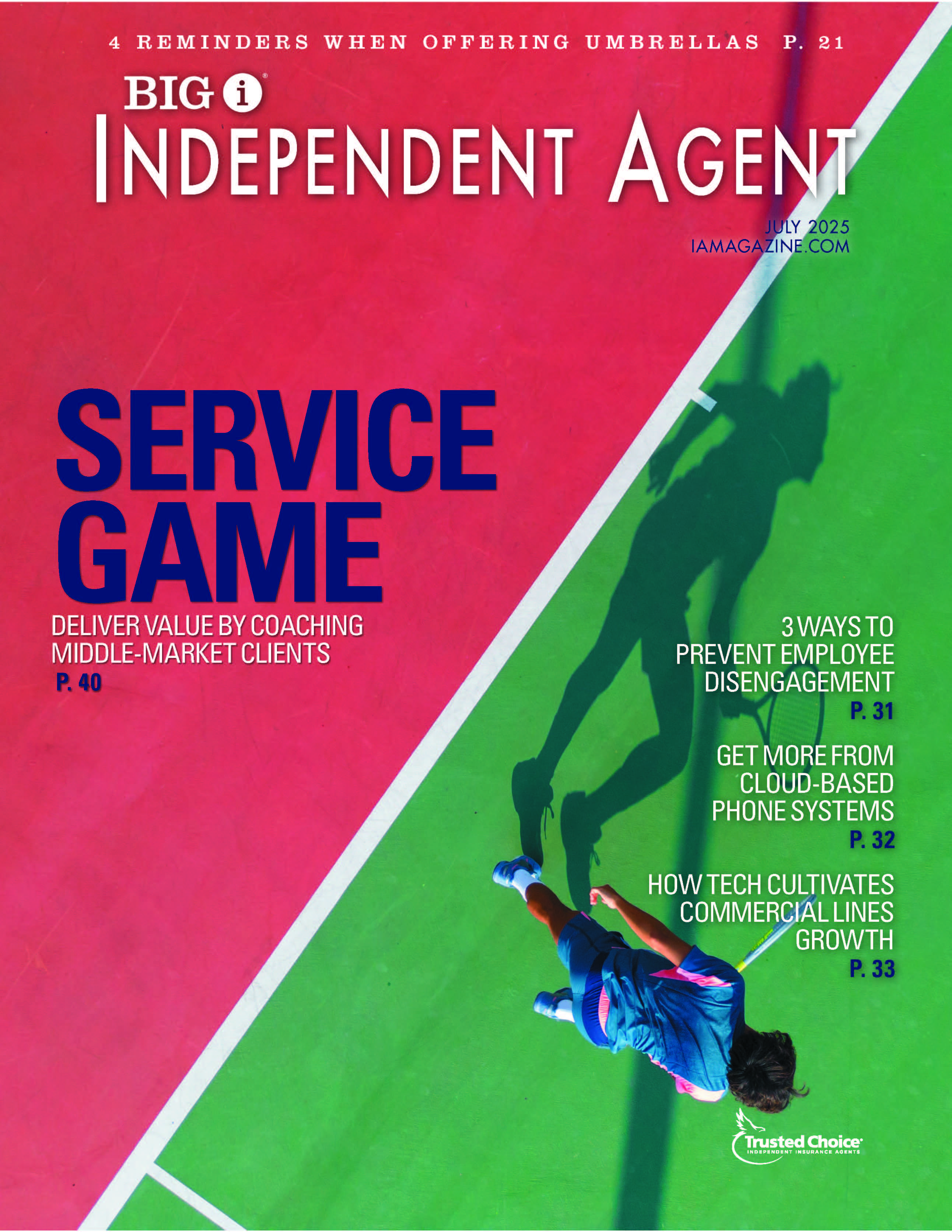Work You Performed, Tree Removal and Separation of Insureds
By: Bill Wilson
| The BAP “Work You Performed” Exclusion At issue is what part of that resulting damage is covered or excluded by the garage policy. The answer may depend on a lot of variables—and on the varying opinions of adjusters. The first thing to keep in mind is that this is not the only exclusion that might apply to damage to the auto. For example, if the damage occurs while the insured has possession of the auto or is otherwise still working on it, the care, custody or control exclusion will probably apply and, at best, the insured would have to look to garagekeepers for coverage. Assuming, though, that the customer has taken possession of the vehicle, the “work you performed” exclusion only applies to the actual work performed by the insured. The exclusion says (with emphasis added): “‘Property damage’’ to ‘work you performed’ if the ‘property damage’ results from any part of the work itself or from the parts, materials or equipment used in connection with the work.” Note that the exclusion only applies to the work performed. If a faulty oil change results in valve damage when the engine overheats and seizes, the exclusion does not apply to the resulting damage because it was not part of the insured’s work. To read the full article, including court case citations, visit the Big “I” Virtual University. Debris Removal and Trees A windstorm blows a tree onto your insured’s home. The HO policy includes a sublimit for debris removal of trees under certain conditions. However, for the removal of the tree from the house in order to repair it, does this sublimit apply or is the removal from the dwelling simply part of the Coverage A repair costs? The additional $500 pays for removal from the premises, hauling and dumping. As the last part of the policy provision says, this coverage is “additional insurance.” The adjuster is treating this as a limitation of coverage when, in fact, it’s a bonus coverage for trees since windstorm damage to the tree isn’t covered. For a complete analysis, go to the VU website. Care, Custody or Control and Separation of Insureds However, this might not always be the case in a business auto policy if the separation of insureds provision controls. For example, take this scenario presented to the VU “Ask an Expert” service: “A customer left his vehicle to have the tires rotated at our insured’s garage. An employee got into a service truck to leave and backed into the customer’s car. The insurer denied coverage under a business auto policy citing the care, custody and control exclusion and paid the claim under the garagekeepers coverage.” Whether the “CCC” exclusion applies depends on which insured the claim is made against. The exclusion applies to: “‘Property damage’ to or ‘covered pollution cost or expense’ involving property owned or transported by the ‘insured’ or in the ‘insured’s’ care, custody or control.” [emphasis added] So, the question is whether the auto was in the CCC of the employee who negligently caused the damage or if it was in the CCC of others, including the named insured. To read the full article, including how the separation of insureds clause plays into this claim, visit the VU online. Bill Wilson (bill.wilson@iiaba.net) is director of the Big “I” Virtual University, an online learning center for agents and brokers. |









